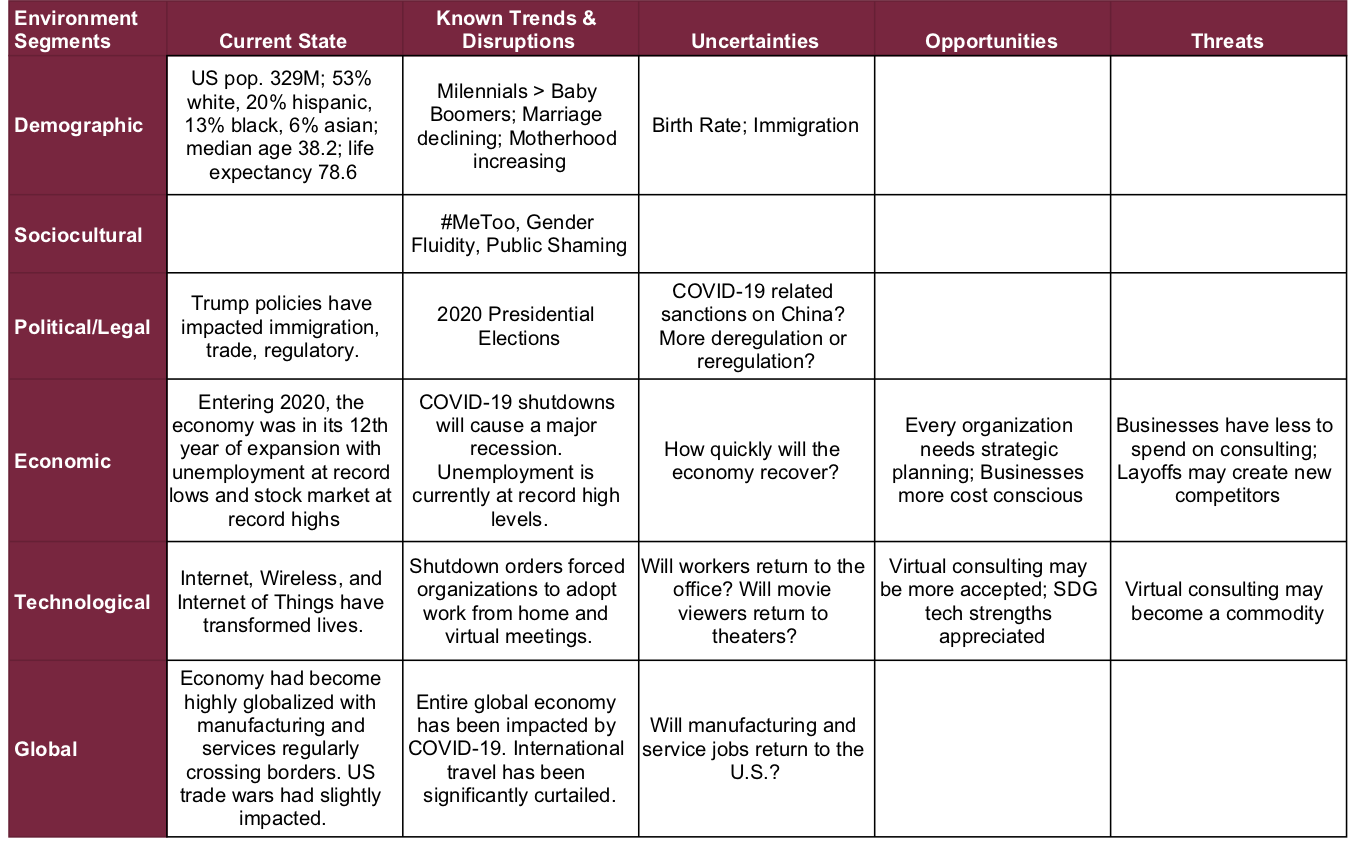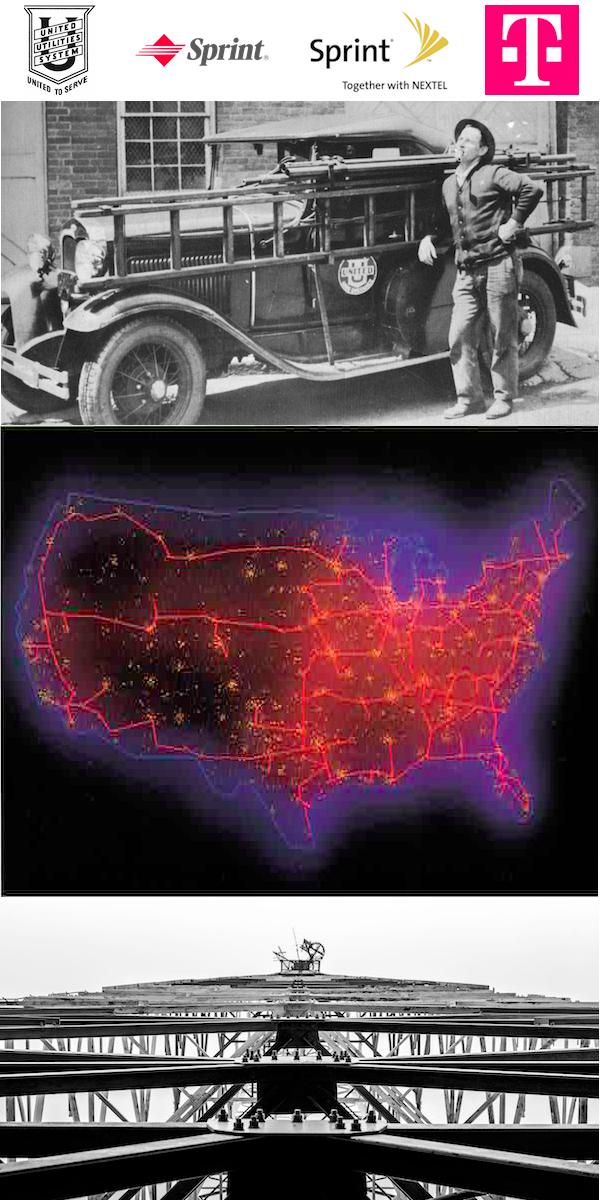VisuALS’ Startup Strategy Skeleton
Ash Srinivas’ friend Weyton received the heartbreaking diagnosis. He had Amyotrophic Lateral Sclerosis (ALS) also known as Lou Gehrig’s disease. Read the full article here.
VisuALS’ Startup Strategy Skeleton Read More »










